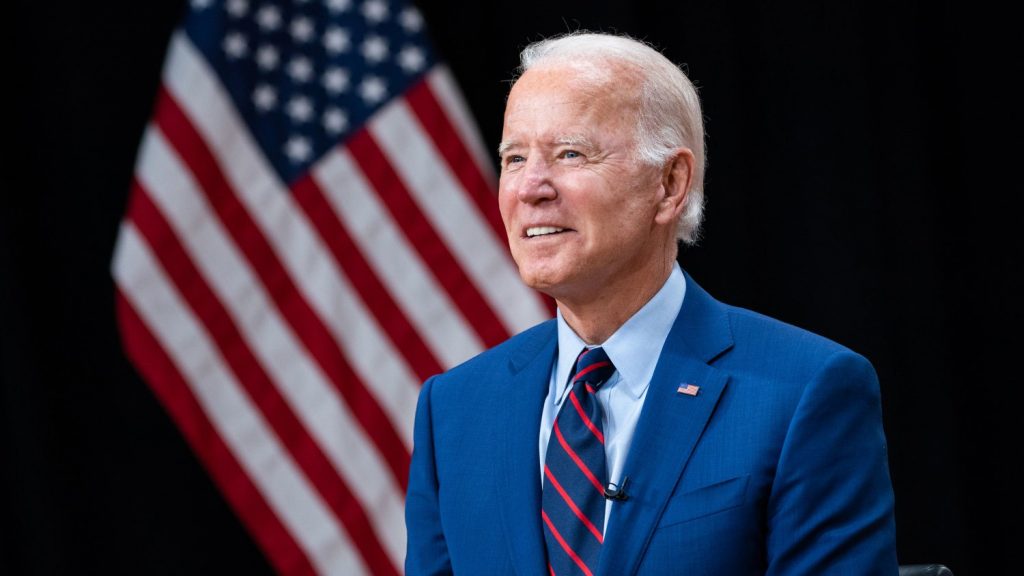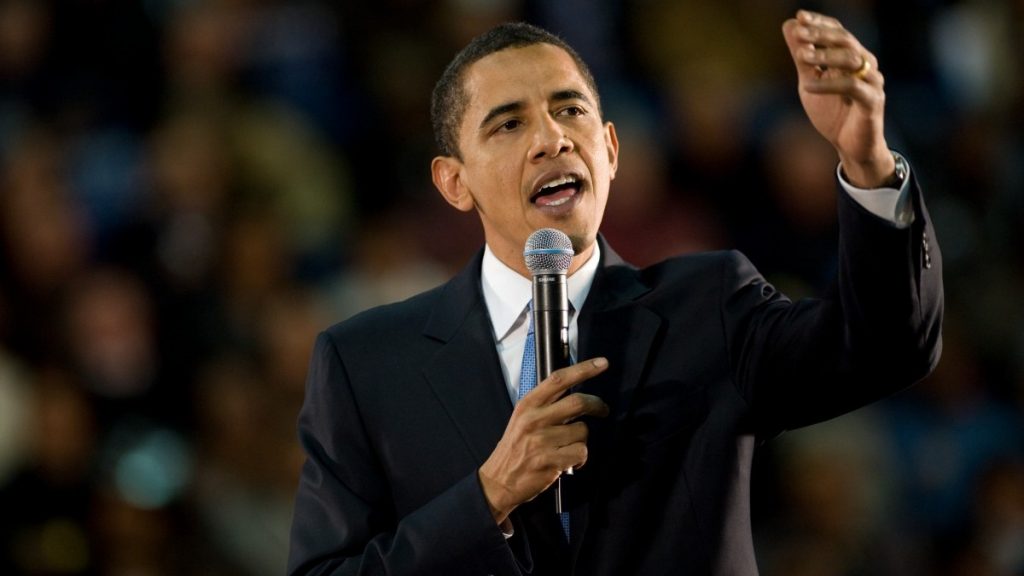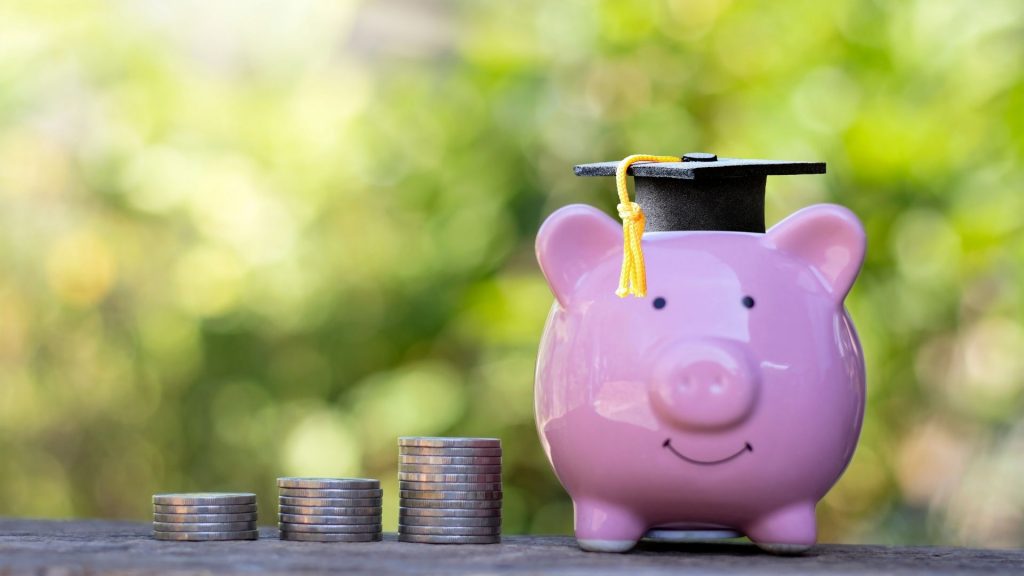Biden Administration Offers High-Speed Internet Subsidies For Some Students
The Biden administration announced plans to offer high-speed internet at little to no costs for low-income families with students.

Despite the growing inflation rate, public education crisis, food shortage, record gas prices, and constant funneling of billions of dollars to protect Ukraine’s borders (while the United States experiences a border crisis), The Biden Administration has announced that it will fund high-speed internet for millions of students and low-income Americans. This Affordable Connectivity Program will offer government subsidies to lower the cost of high-speed internet. It also pledges to provide eligible households with the service at no cost.
The White House has already launched the program’s internet page urging Americans to sign up for the program and contact participating internet providers like At&T, Spectrum, and Verizon. How the Biden Administration has found the funding for such a measure is unknown, but it is estimated to cost taxpayers at least $14.2 billion. As of writing this article the U.S. national debt is currently well over $40 trillion and continues to go up every second. This affects inflation rates and student programs as much as it affects the American people.

Those skeptical of government subsidy programs for high-speed internet are comparing this measure to the Obama Phone. During the Obama administration, low-income families were given “free” taxpayer-funded cell phones. The Obama Phone costs taxpayers around $2.2 billion per year. These were subject to scrutiny when introduced and are still a subject of much debate. As Obama’s former Vice President, Joe Biden is following his path and expanding more big government involvement in household technology.
Those eligible to receive the Affordable Connectivity Program discount, or free services offered, must be enrolled in at least 1 government welfare program. This includes individuals utilizing Supplemental Nutrition Assistance Program (SNAP), Medicaid, Special Supplemental Nutrition Program for Women, Infants, and Children (WIC), Supplemental Security Income (SSI), Federal Public Housing Assistance (FPHA), Veterans Pension and Survivors Benefit, Lifeline, or Tribal Assistance programs are included. In addition, students receiving the Federal Pell Grant, or Free and Reduced-Price School Lunch Program or School Breakfast Program (including U.S. Department of Agriculture (USDA) Community Eligibility Provision schools), will also be allowed to receive reduced payment amounts or free high-speed internet services.

Like many Americans, students and young adults across the nation are feeling the effects of the economic crisis. Many college students are facing tuition hikes and rising student loan interest rates. Families with young children are experiencing concerns over finding affordable food and other necessities. Many low-income individuals will likely accept this government-run high-speed internet program. Some believe it will benefit them throughout the short term length of The Biden Administration’s control, yet an increase in the nation’s debt will likely only work to further drive inflation up and place more burden on the very people that this program is designed to help.
No matter how much funding the federal government allocates for paying for Americans’ high-speed internet access, the country is still in immense debt. Government subsidized internet services will not drive down inflation, increase food production, increase domestic oil production, or prevent illegal immigrants from taking advantage of U.S. government programs that are paid for by American citizens who can barely afford to pay for themselves. The economic impact of this plan will be added to the numerous other areas of concern that the people have to bear.



